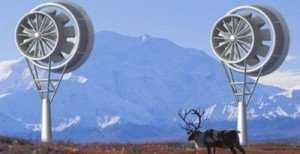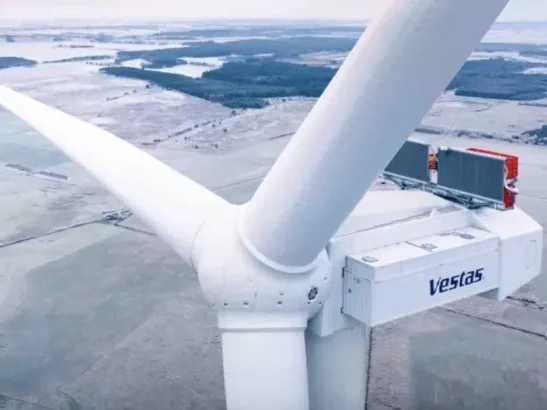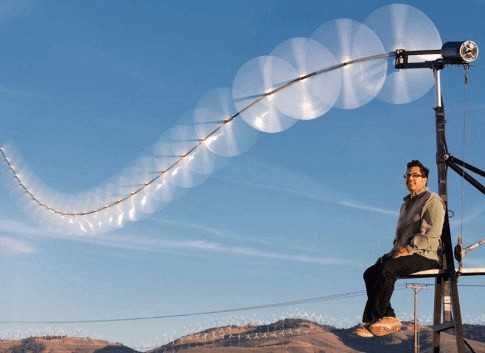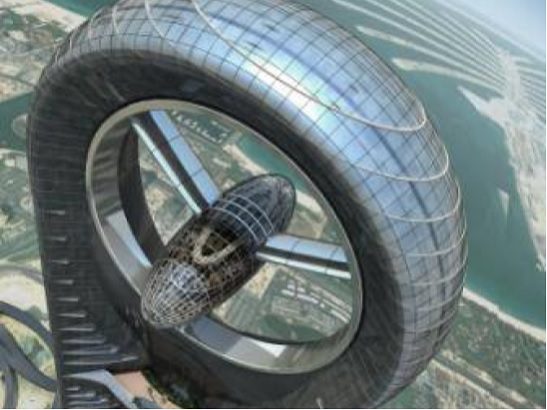While nuclear power may be a way of weaning us off nasty fossil fuels, should it be getting equal status with “genuine” renewable energy sources such as wind and solar power? A new report published this week thinks not.
Let’s look at the much-trumpeted mini nuclear reactors- the Small Modular Reactor (SMR). Small Modular Reactors are nuclear power plants that are smaller in size (300 MWe or less) than current generation baseload plants (1,000 MWe or higher). These smaller, compact designs are factory-fabricated reactors that can be transported by truck or rail to a nuclear power site. But they are going to be at least as expensive as larger reactors according to the report. And not only that, SMRs won’t fit the needs of a more flexible grid system. Finally, the development of SMRs will be siphoning off money that should be used to fund developing renewable innovations such as gear-less, floating and new-design wind turbines.
Yes, nuclear reactors have a lack of emissions, but they are also expensive, can be prone to accidents with disastrous effects and there’s the problem of what to do with the nuclear waste that’s going to be around for centuries. Both nuclear, solar and wind power all require government subsidies- but will wind and solar power prove to be the first to make themselves viable without hand-outs from the tax-payer?
Dr. Mark Cooper is a senior fellow for economic analysis at the Institute for Energy and the Environment at Vermont Law School, New Hampshire, United States. He is the author of “The Economic Failure of Nuclear Power and the Development of a Low-Carbon Electricity Future: Why Small Modular Reactors Are Part of the Problem, Not the Solution”.
He says that analysis from international economic, climate change and energy groups all reach the same conclusion: In Dr. Cooper’s own words-
“Nuclear power is among the least attractive climate change policy options and is likely to remain so for the foreseeable [future]. Worse still, pursuing nuclear power as a focal point of climate policy diverts economic resources and policy development from critically important efforts to accelerate the deployment of solutions that are much more attractive: less costly, less risky, [and] more environmentally benign.”
So why should SMR nuclear not be a part of the renewable energy equation?
SMR is a new technology and therefore costs more; it uses more material per MW of capacity and the costs of establishing the infrastructure to design and build SMRs are not small. Cooper predicts that it will require up to $90 billion by 2020 just to fund two designs and associated assembly lines. For the US that’s three-quarters of the total projected investment in all electricity generation- and it’s far more than renewables’ slice of the pie. And let’s not forget that for 60 years nuclear power has been deeply reliant upon vastly more subsidies than renewables have received and it’s still dependent upon them.
Although SMR may be in the spotlight as the great nuclear hope for the future, it’s been around for five years still on the drawing boards, with key developers Westinghouse and Babcock & Wilcox reigning in their SMR efforts as they struggle to find customers and major investors. They blame the current flood of cheap gas for this.
Cooper concludes:
“It is always possible that nuclear power’s fairy godmother will wave her magic wand over the technology and solve its economic, safety and environmental problems but there is nothing in the 50-year history of commercial nuclear power that suggests this is anything but a fairy tale.
There is a trend toward a more decentralized energy delivery and dispersal system in most countries, That is the opposite direction from the passive one-way 24/7 base-load delivery model of a nuclear reactor.
“Any resource that is not flexible becomes a burden on the system, rather than a benefit to it,” said Cooper.
Strong words indeed, but few disagree with Cooper’s point of view. It would seem then that we should not be throwing money at new nuclear technologies, but developing the existing ones for wind and solar power to make them more efficient and less reliant on grants.




